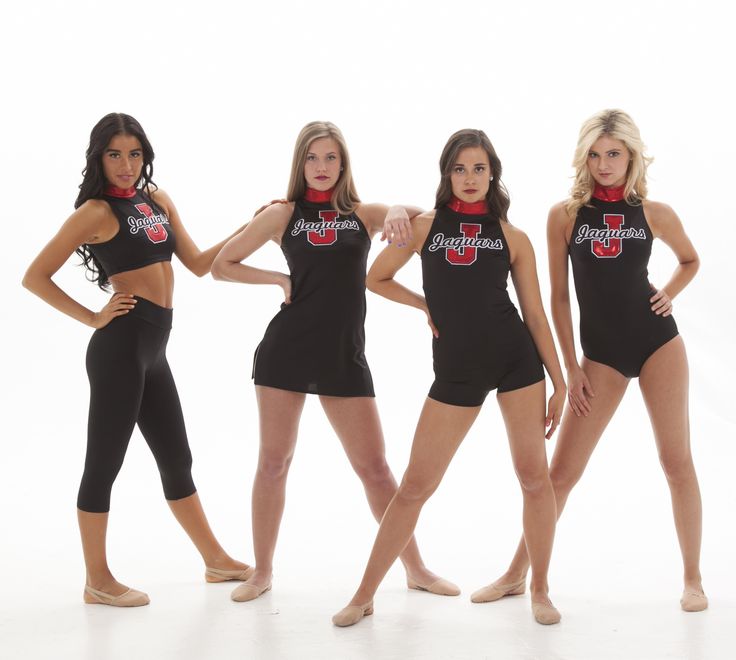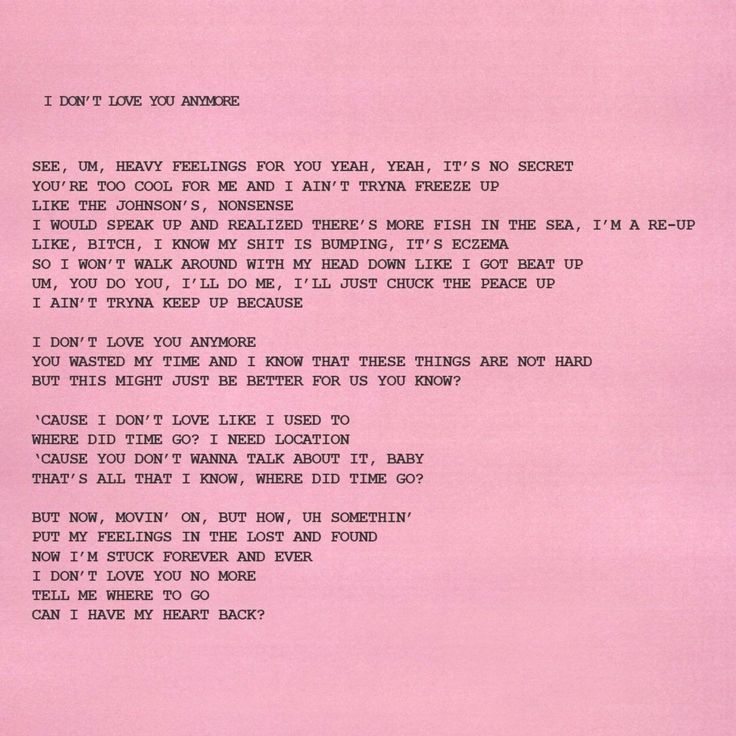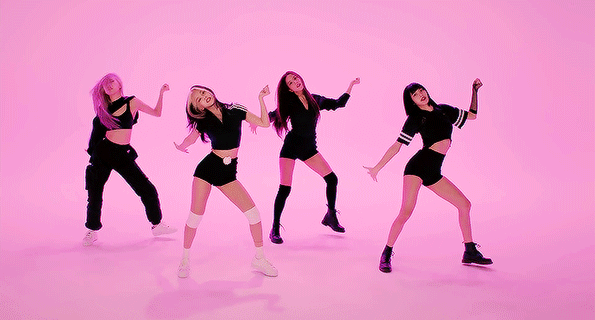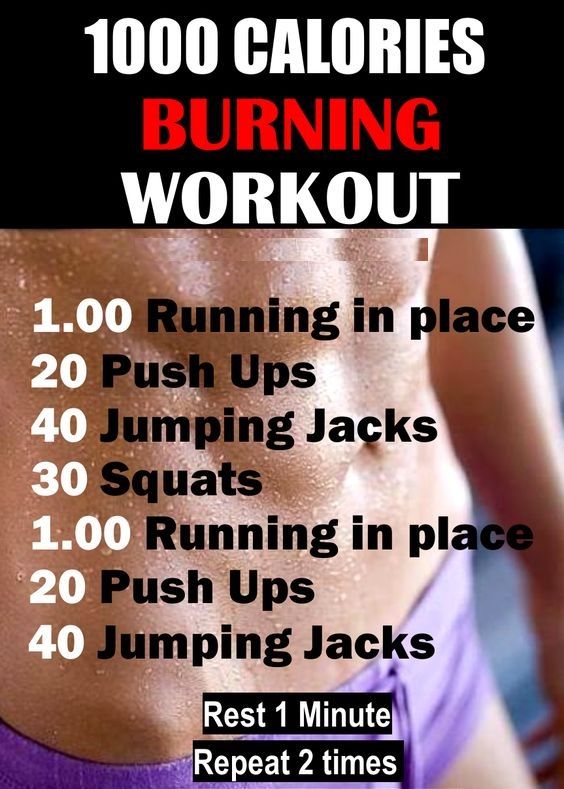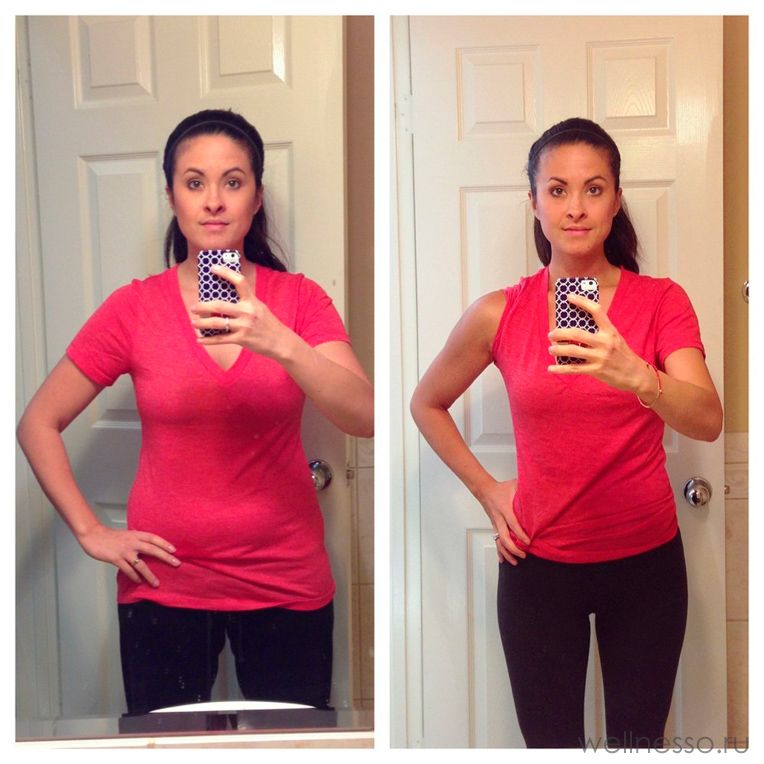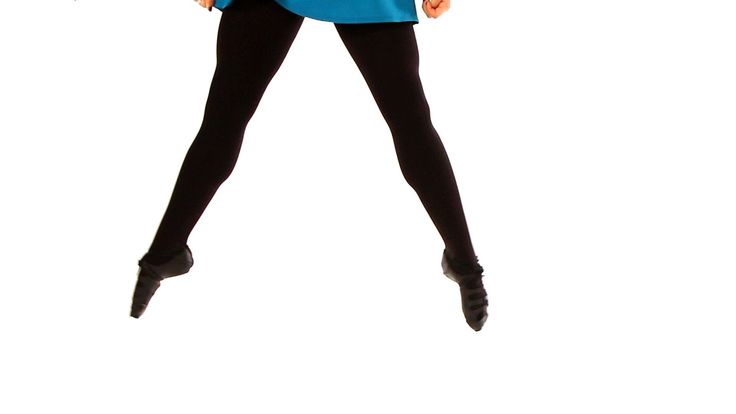How to make the dance team with no experience
Top 10 Tips to Make Your Dream Dance Team
Top 10 tips you want to consider while seeking a position on your dream dance squad.
Competitive Dance and a Dance Squad
Dancing is a highly competitive activity. There are various kinds of teams such as Youth/association, middle school, high school, collegiate, all-star, and professional teams. The competition is at local, regional, state, national, and international levels.
Competing dance teams are judged on criteria sic as form, team unison, precision, movements such as jumps, leaps, turns, choreography, enthusiasm, and, the use and visual appeal of props such as pom poms.
In a routine, a squad or team will incorporate a specific dance style (i.e., hip-hop, jazz, or lyrical), technical work (leaps, turns, kicks, splits, jumps), and, depending on the routine, pom-poms, and cheers.
Dance teams are also popular in performance dance, especially at sporting events, most commonly performing during the pre-game and halftime periods (and, in some cases, on the sidelines) of football and basketball games.
A Dance Tryout
Given the immense popularity of dance teams, getting into a favorite dance squad is not an easy task. Every girl in their freshman year wants to be one of the girls in a sparkly top dancing on the sidelines on every Football Friday night throughout the fall. To achieve this dream, a dancer requires dedication, commitment, skills, talent and more.
Anyone interested in being part of a dance squad, both in high school and college is required to attend a tryout. Tryouts are usually held in spring or early summer, so the teams are ready before most sports begin.
There are several aspects to a dance team tryout with the first thing being to know the basic dance techniques that will be used during the season. These techniques usually comprise of toe touches, fouetté turn combinations, kicks, and switch leaps.
One of the critical expectations included in a dance team tryout is that a dancer can quickly master multiple short routines in different styles. You must know specific styles or forms of dance for certain team tryouts. For example, NDA teams compete with routines that incorporate jazz, hip-hop, and poms styles, so in an audition, you will learn a routine in each of these types of dance and then perform them shortly after that in front of the panel of judges.
You must know specific styles or forms of dance for certain team tryouts. For example, NDA teams compete with routines that incorporate jazz, hip-hop, and poms styles, so in an audition, you will learn a routine in each of these types of dance and then perform them shortly after that in front of the panel of judges.
Tips to conquer Dance Team Tryouts
You have been following a particular dance team for years and have all their performances imprinted in your mind. You even know your favorite dancers by name and signature moves from pieces they've choreographed. Your life mission is to be on the stage with rehearsing, hanging out, training with them. Whichever dream dance team it is – you can be a part of it.
Whether you're trying out for a high school team, or one at the college or professional level, use these tips and tricks to navigate through every step of what can be an emotionally and physically demanding experience.
1. Think About Why You Want to Join a Specific Dance TeamIs it because you look up to certain choreographers and directors? Because you want to grow in that team's style? Because your mission as a dancer aligns with the team? A clear and compelling reason will help you keep your focus on your goal, especially when you run into obstacles or experience hardships during the journey.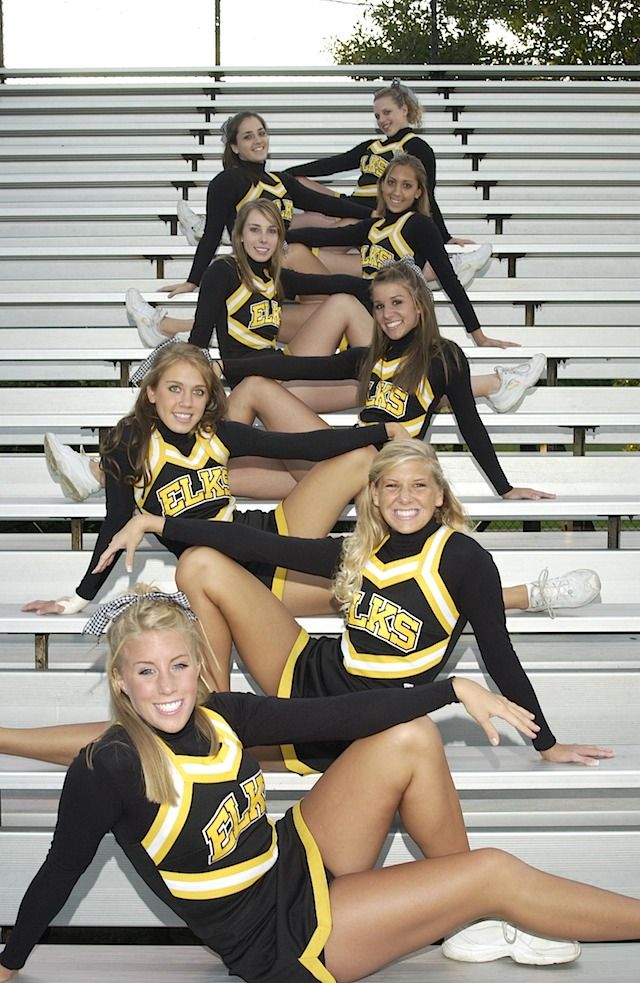
You will be interviewed, and knowing answers to why you want to audition for a particular team will make a difference. Considering you will be playing the role of an ambassador when you attend charity events or local events, you need to remember your real purpose for being part of a team, so it shines through in front of fans.
2. Train as if You're Already on the Dream Dance TeamA dance team spends a lot of time together, what with the weeks and months and years of rehearsing and performing and travel. Teams are families and little communities. For a newcomer to belong to a team and be welcomed, they have to vibe with the team, as a dancer and just as important as a person.
To achieve this, you need to belong to that community and one way you can do that are by taking classes from/with members of the team, especially the directors. You will start to get familiar with their style, teaching methods, and personalities. You will also get to know the other members of the team who are taking those classes. Use the lessons to not just learn about the choreographer or director's style by observing them; even analyze how they move, how they take instruction, and how they interpret the music.
Use the lessons to not just learn about the choreographer or director's style by observing them; even analyze how they move, how they take instruction, and how they interpret the music.
Being familiar with the style that is expected will give you confidence, and even if you mess up during auditions, the team and directors will have already seen you train and dance outside of that!
3. Form Relationships with the Team MembersIf part of the reason why you want to join a dream team is the culture and kind of people on it, then you need to understand if in the long term it will resonate with you. Each team has its own culture, a brand, personality, and history that were shaped by its members since the team's beginnings. Do you vibe with it? Remember – the team has to be a good fit for you, too, as much as you are for it. So get to know the team members and you will get a sense of if it's the place for you. And if you can get along with most of the people on the team, you're good.
And by that, I don't mean the audition dates. Dig around to find out about any team skill requirement; specific techniques in dance forms that you will need to know, like splits or double pirouettes. Checking on other important details such as participation fees, weight limits, and what the day's event schedule looks can help you feel prepared and in control. Getting the lay of the land before the big day arrives will not only help you prepare better, but you'll feel calmer and focused as a result.
Find out if there are a 'pre-audition workshops' before the actual audition too and ensure you go to those!
Ask around to see what the audition process will be like, how many cuts they will have if there will be callbacks if it is an all-day event or will take a few hours. Be prepared accordingly and bring a change of clothes, water, snacks, and of course the right mental makeup.
5. Take Classes from a Professional StudioWhen you are preparing for being part of a top-notch dance team, your dance skills will be the most critical consideration.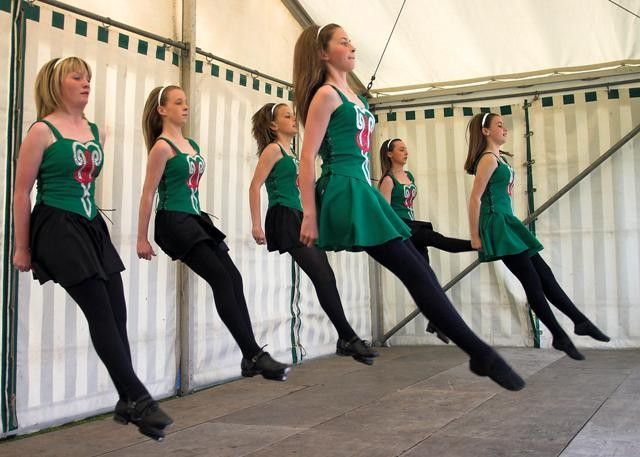 Hone them to a razor sharp edge by taking professional dance lessons ahead of time. A strong background in dance will also give you an advantage over other dancers who have little or no formal training.
Hone them to a razor sharp edge by taking professional dance lessons ahead of time. A strong background in dance will also give you an advantage over other dancers who have little or no formal training.
Before signing up to dance classes, research to identify what style of dance will best help you in your tryouts. Ballet helps with balance and poise while Jazz can help boost your precision and technique. A hip-hop class will help you take your style up a notch.
6. Improve Your TechniqueSo you have always danced and felt prepared to take on the toughest audition? Don't let it lead to complacency. Becoming a collegiate dancer means you still have room to improve as the expectations you must meet have been drastically raised. Practice your turns, practice your jumps, practice your leaps, and especially practice unique skills that could set you apart- such as wearing your hair and makeup and interview skills.
Sign up for classes that can give you the practice you need and help you perfect required skills.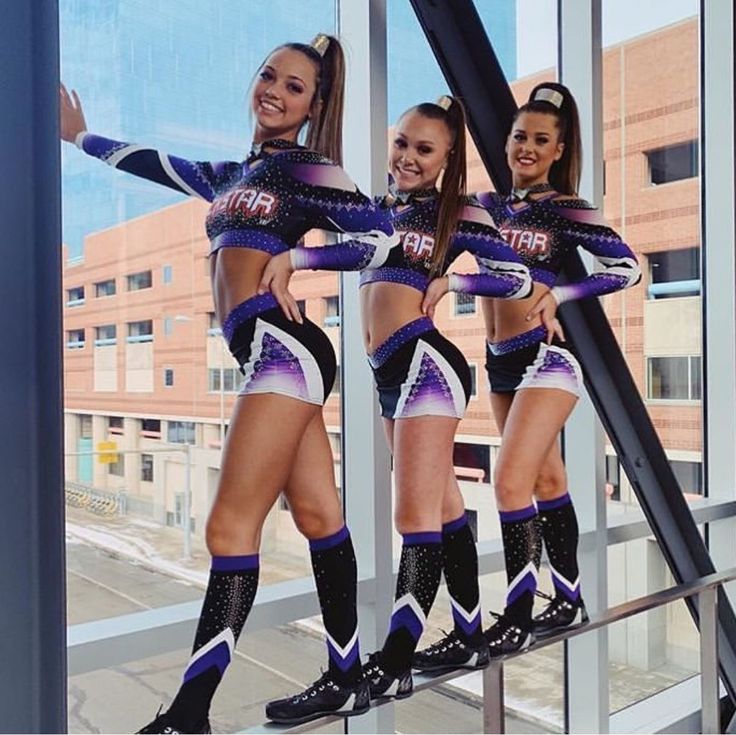 The coaches can share their own stories, and you can certainly benefit from the tips and advice from those who have been around.
The coaches can share their own stories, and you can certainly benefit from the tips and advice from those who have been around.
Supplementing your dance classes at a professional studio with a workout plan at least a few weeks before your tryout will up your endurance and flexibility significantly. A good workout plan should include a combination of cardiovascular exercises balanced with stretching or yoga.
If you do make the team, you will have to most likely participate in a training camp with the rest of the team, so it’s best to be prepared in advance. Doing a split requires daily stretching; you will also need a lot of strength and stamina to be a dance team member. Work on building muscles in your back and stomach, and condition yourself by raising your heart rate each day by exercising.
8. Be TeachableWhen auditioning for college programs, judges are looking for more than proper technique and knowledge of dance forms.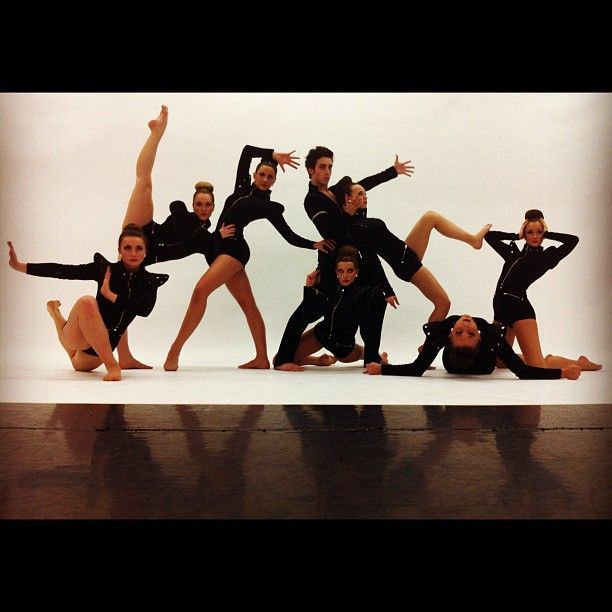 Having a teachable personality means staying loose, staying engaged, laughing at your mistakes, and holding your head up high. And don't rest unless you get answers to your questions.
Having a teachable personality means staying loose, staying engaged, laughing at your mistakes, and holding your head up high. And don't rest unless you get answers to your questions.
Your determination will not go unnoticed. Auditors want to know you are not smug about your achievements till date and are looking for those who they want to hang out with for the next four years, people who are open to learning, growing, and improving!
9. Remember That Performance Scores PointsCollege Programs are looking for people who are good at two of the three triple threats (dancing, singing, and acting) but the golden ticket that will get your acceptance letter has to be your potential in the third realm. The judges are observing your willingness to go for it, and enjoying your performance the joy on your face, so, SMILE!
Personality is a big part of an art form like dancing, so make sure yours shines through; hold your head up at all times and keep a pleasant look on your face and show them how excited you are to be auditioning for a spot on the team. It is also essential that you speak well and are personable.
It is also essential that you speak well and are personable.
In the collegiate world, expect to appear on television and real close-ups. Thousands of fans see your shining face on the field or court, and thousands more will also be watching behind a television screen. With this being said, it is vital that you look your best at a collegiate tryout.
Most dance teams have dress code requirements for tryouts. If the team doesn't tell you what to wear for tryouts, wear black stretch pants and a bright tank top or even a fabulous leotard. Brings two pairs of shoes, as there may be two rounds, one focusing on jazz (carry jazz booties) and the other for hip hop (use non-marking dance sneakers)
Booty shorts and a crop top with nude fishnet leggings works excellent. Some bling on the top like diamante or sequins helps you shine, and of course, colors of the team you are trying to make will be a huge plus!
Keep Perspective
While your whole mission in high school and college may be to make that coveted position on the school, college, all-star or State dance team, going for a dance tryout is more than that.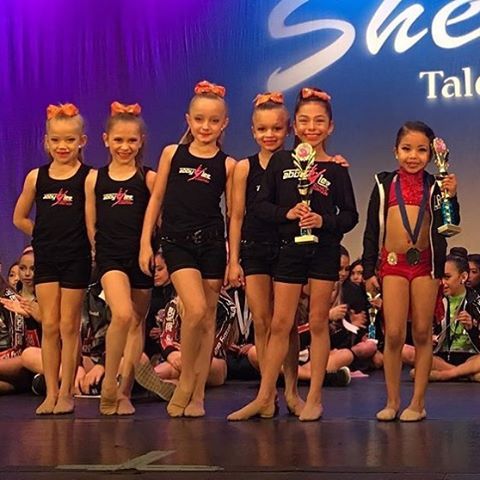 Auditions have an element of unpredictability, and there are as many stories of disappointed freshmen as there are of successful ones. Just know that the life lessons you will learn in the process of preparing for and giving a dance tryout are as precious as wearing the colors of the team.
Auditions have an element of unpredictability, and there are as many stories of disappointed freshmen as there are of successful ones. Just know that the life lessons you will learn in the process of preparing for and giving a dance tryout are as precious as wearing the colors of the team.
All the very best in making it to your Dream Team!
7 Tips for Acing Dance Team Tryouts
Gearing up for dance team tryouts? Whether you're trying out for a high school team, or one at the college or professional level, it can be an emotionally and physically demanding experience. But don't let your nerves get the best of you during the process! Whether this is your first tryout or your 20th, follow these tips so you can deliver your best performance when the big day finally gets here.
Tip #1: Get the details.
The more prepared you are walking into dance team tryouts, the more confident you'll feel. So do some digging so you can find out about any team skill requirements; for instance, certain techniques or dance moves you'll need to know, like splits or double pirouettes. Also, find out about any other important details, such as fees, weight limits, and what the day's event schedule looks like so you can plan ahead. Getting the lay of the land before the big day arrives will not only help you prepare better, but you'll feel more calm and focused as a result.
Also, find out about any other important details, such as fees, weight limits, and what the day's event schedule looks like so you can plan ahead. Getting the lay of the land before the big day arrives will not only help you prepare better, but you'll feel more calm and focused as a result.
Tip #2: Take classes from a professional studio.
One of the best ways you can prepare for dance team tryouts -- and make sure your skills are absolutely spot-on -- is to take dance lessons ahead of time. In fact, getting professional instruction is your best bet for making it onto the dance team of your dreams. Plus, a strong background in dance will also give you an edge over other dancers trying out who have little or no formal training.
Do some research to identify what style of dance will best help you in your tryouts. For instance, ballet can help with balance, as well as poise. Jazz, on the other hand, can help you boost your precision and technique. If you're looking to take your style up a notch, then try a hip-hop class.
Not only can lessons from a dance studio give you the practice you need and help you perfect required skills, but the coaches can share their own stories, offering you plenty of tips and advice for what you need to do to ace your tryout.
Tip #3: Get in your best shape ever.
In addition to dance classes at a professional studio, start a workout plan at least a few weeks before your tryout. Skills are important, but so is endurance and flexibility. That's where a good workout plan -- which includes a combination of cardiovascular exercises balanced with stretching or yoga -- can help.
Tip #4: Take advantage of team clinics.
Some teams offer clinics before tryouts. This is a great way to prepare and learn the required choreography. It will also help you further develop your skills and find out exactly what judges want to see when you're performing. If you're not sure whether the dance team you're interested in offers clinics, contact the director.
Tip #5: Know the dress code.
When it comes to dance team tryouts, making the best impression possible is critically important. Even if you have all the right moves, if you're not dressed in the right way, then it can negatively impact the impression you leave behind. Judges will remember you for all the wrong reasons.
Many dance teams have a dress code for their tryouts. So follow it precisely if you want to get noticed in the best possible way by judges. If, however, there isn't a dress code, then wear clothes that are comfortable and show off your physique. For instance, try black dancewear bottoms and a colorful dancewear top. You're trying to be memorable so make sure you feel confident in whatever clothes you choose to wear.
In addition, pay special attention to your hair and makeup, including doing a hair style that's tied back. That way, you don't have to worry about your hair falling in your face, distracting you during tryouts. For your makeup, don't pile it on; simply apply enough to enhance your features. It's proven that the better you look, the better you'll feel.
It's proven that the better you look, the better you'll feel.
Tip #6: Keep healthy habits.
It's so important to eat a healthy diet and get enough sleep leading up to the big day. If you eat a lot of junk food and stay up late, it's not only going to impact your day-of performance, but also your ability to get the most out of practices and workouts. That's why it's vital to maintain a balanced diet of protein, vegetables, and whole wheat. The day of the tryout, also make sure to eat a breakfast that will give you the fuel you need to perform at your best, such as peanut butter on whole wheat bread.
Tip #7: Do your best.
Part of doing your best means showing up on time. Judges will want to make sure you can follow the rules and being prompt, or even showing up a few minutes early, is important.
Also, during your dance team tryout, try not to let your nerves show. Personality is a big factor when judging, which is why you want to showcase yours. So hold your head high, smile and put your best foot forward. You want to show the judges you're excited to be there and that you're eager to be a part of the team.
So hold your head high, smile and put your best foot forward. You want to show the judges you're excited to be there and that you're eager to be a part of the team.
If you do make a mistake, just roll with it. Keep smiling and don't stop moving. Judges expect some mistakes and nerves, especially at the beginning. But it's how you handle yourself afterward that will show how well you do under pressure -- and whether you're worthy of a spot on the team. Good luck!
Request a Just For Kix Catalog!
How to find a coach in a dance studio so that the business develops - Personal experience on vc.ru
444 views
Creating a successful dance studio is not only choosing a convenient location with a good repair. The decisive factor for success and attracting customers is a professional teacher who can masterfully not only dance, but also teach it.
What criteria should be followed when choosing a teacher, where to find that “diamond” and how to organize effective work? In search of answers, we interviewed the owners of dance schools and studios from all over the country, analyzed the information and came up with the very formula "How to find your ideal coach. "
"
“We have a very careful selection of teachers. Initially, we did not have much funding. We couldn't afford to rent a large space and set aside a large amount of money for advertising in order to somehow recruit a group for a lesson with an unknown trainer. For us, it was important to have people who will be the core of the company, to whom customers will reach out. For us, coaches are the face of the company. Our team is super carefully selected”
Anna Nikolskaya, Palestra Dance Studio
What kind of a good coach is he?
Many mistakenly believe that becoming a coach is easy. It is enough to “watch a video course of 10 lessons, learn cool movements and you can already recruit a group.” Studio owners do not support this position.
“Before sharing skills, you need to master them”
Valeria, Dance Space “Atmosfera”
Experience matters . It is difficult to argue with the fact that an artist who has many lessons, competitions and battles behind him cannot dance. This is how dancers fulfill themselves and become competitive.
It is difficult to argue with the fact that an artist who has many lessons, competitions and battles behind him cannot dance. This is how dancers fulfill themselves and become competitive.
“I myself am the head and founder of the studio. I have an education as a ballet dancer and choreographer, I studied at GITIS. And plus, as an artist, I worked for a long time at the Russian National Ballet. Traveled all over Europe and America. The experience is colossal. And therefore, of course, I also select people who will have good experience in the team. I do not have a goal to save money and take a person without education who has learned to lead something from video. I’d rather take a coach with experience, a professional, and pay him a little more, but in my understanding, this will be a qualified person”
Anna, Palestra Dance Studio
Admittedly, some dance school owners noted that they could take a person with no experience and finish teaching him if he showed good results as a coach and teacher.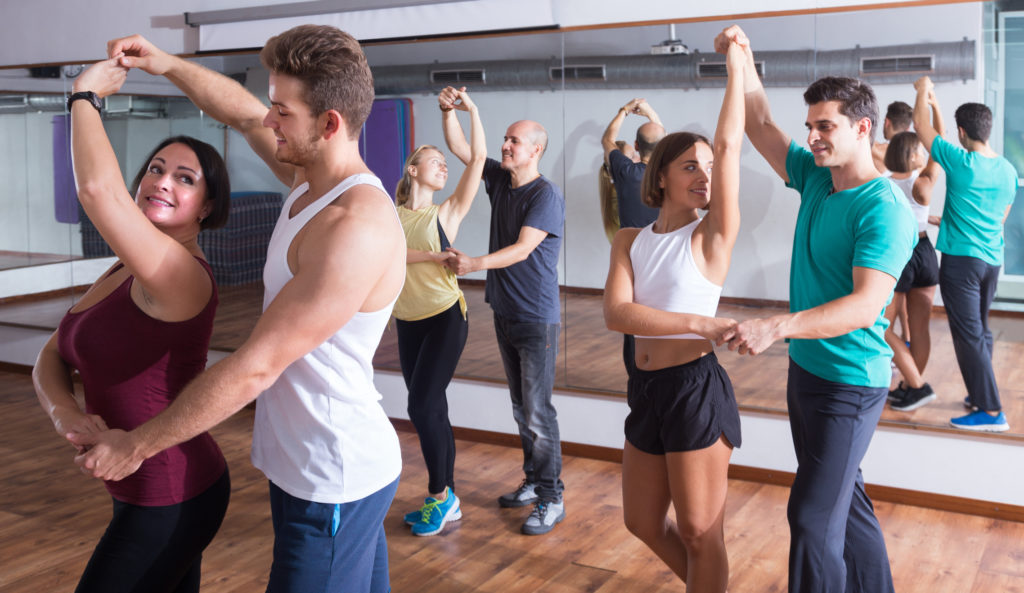 We conclude that in order to teach a client you need to be able to explain and transfer your experience.
We conclude that in order to teach a client you need to be able to explain and transfer your experience.
Very famous topic:
"You can be a very good dancer and no coach." And it's all over the place. Therefore, we always have a part at the interview where we dance with the applicant, we work in pairs ”
Margarita Aleshina, founder of the dance studio Pro Am "Dance Capital" Margarita Aleshina
In this situation, the leader puts himself in the place of the student and tries to understand whether the applicant will cope with the role of a teacher.
The client should be psychologically comfortable. Still, dancing “in front of witnesses” for many is a way out of the comfort zone. The coach should help the student to open up, stop being shy. To do this, you need to be able to communicate and communicate correctly with a student. Coaches must understand.
“If he (note the future coach) performs well and knows how to teach, that's cool.
But if I see at a trial lesson that a person is completely unable to communicate and explain what he wants from his audience, then he will not be able to work with us”
Anna, Palestra Dance Studio
This position is shared by many studio owners. People will stop attending classes if they do not understand what they are paying money for.
And of course, the trainer must develop himself. Dancing is a dynamic movement. New styles appear regularly, some go out of fashion. It is important to follow trends if you want to stay afloat.
“We take a person and offer him different ways of development. Every month, every year we work to ensure that our teachers are trained. In professional terms, we bring some modern dancers, well-known and popular, and take ours to master classes. We also have first aid classes, for example. It is important, necessary, constant training is necessary”
Valeriya, Dance space "Atmosfera"
So, we conclude :
Good coach and higher education.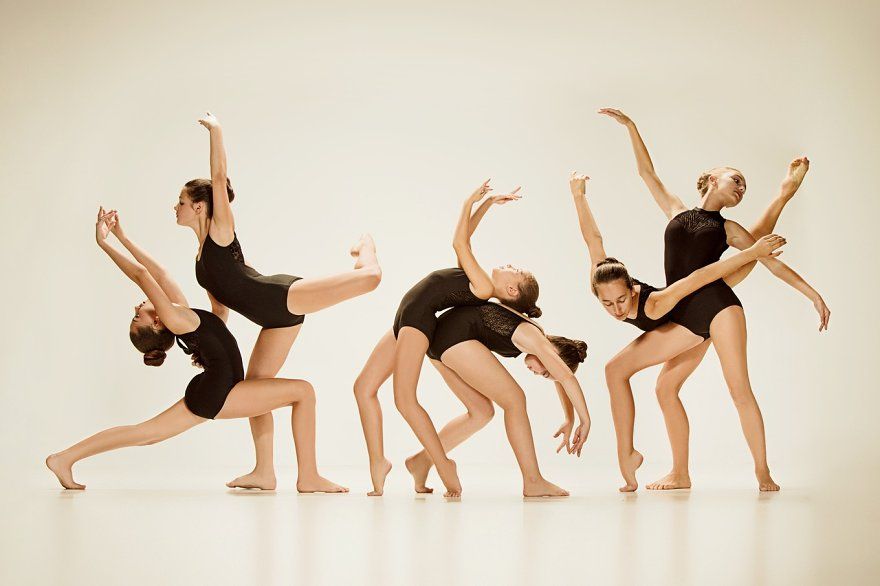
Must a coach have a university or college degree? The question is moot.
The classic base is the basis for a good dancer. In educational institutions, the artist is given basic dance skills. After such preparation, it is much easier to develop in new directions.
“When applying for a job, it is very appreciated if the applicant has a basic ballet education. Or higher education in the field of ballet pedagogy. If the applicant has a higher education, then we look at which institute he graduated from. Usually we know where and what kind of teachers, what and how is taught. You can draw conclusions already by where a person studied. If the applicant has both a college and a higher education, it's just super”
Anna, Palestra Studio.
Anna's school specializes in ballet and contemporary stage dance.
It is important to understand that classical education is not a panacea. It is rather a foundation and a base, and when applying for a job, the dancer's technique will be valued first of all, and not a stack of his diplomas.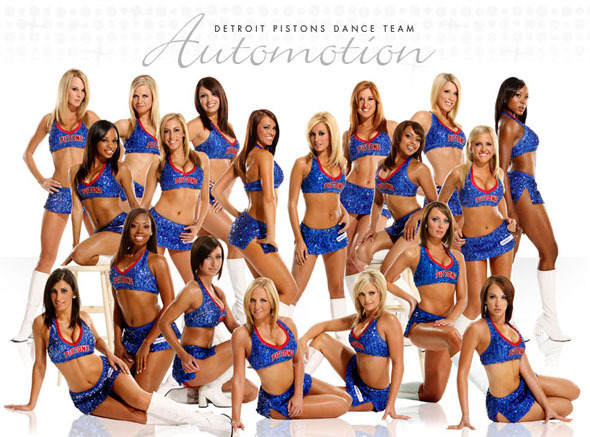
“There are classical styles, for example, variety dances, contemporary. For their execution, a classic base is needed. We have teachers from dance schools, art colleges. They own the base. But if we are talking about modern dances, the question is different. This is not taught in universities”
Natalia, YES Dance Studio
Activities with children - a separate category. This is more about psychology than technology. If in the case of an adult group, one can become a trainer due to high professional skills, then for children and adolescents, special competencies are needed - pedagogical education.
“If it concerns a children's group, then we, of course, look at the availability of pedagogical education or pedagogical courses. We want a person to have an idea that children are a very soft nature and you need to be careful with them. We not only teach children to dance, in training there is a process of education, albeit a superficial one.
Therefore, it is important that a person has an idea about age psychology, children's characteristics. This is important for the child, and for the parents, and for us”
Valeriya, Dance space "Atmosfera"
Conclusion: higher or secondary education in dancing will not be superfluous. This is the base of the dancer. But is even more important - the skills of the coach . A good teacher is valued for his technique and desire for self-improvement, and not for the number of hours spent at the university. The exception is working with children. Pedagogical competencies are necessary here and you can’t argue with that.
Where to look for your ideal coach?
There is no correct answer to this question. Each employer uses a source that is accessible and understandable to him. The most popular is word of mouth.
Professional dancers attend competitions, master classes and other events. There they, one way or another, communicate with their colleagues, find new acquaintances and a potential team.
“The dance world is very small. Initially, probably all the dancers who are something of themselves in St. Petersburg understand who I am. And I understand all those dancers who are something of themselves in St. Petersburg "
Margarita, Founder of the dance studio Pro Am "Dance Capital"
Another way - castings . Studio owners often post announcements on their social networks about the search for a new member to the team, collect applications and announce a review.
“We are looking for coaches through social networks, we are announcing a casting. People write to us all the time that they want to work. We send them a questionnaire. We now have over 200 people in our database. But few of them suit us. We arrange casting once a season. On average, out of thirty people who come, we take one. Applicants come and dance, fill out forms in advance”
Anastasia, OK dance studio
There is another interesting way. Let's call it "educating your own coach" . The owners of dance studios note that in their practice there were cases when their students improved and upgraded their skills, and then they recruited their class and began to teach people. And they did it quite well. Therefore, this option of finding your ideal coach cannot be excluded from this list.
Let's call it "educating your own coach" . The owners of dance studios note that in their practice there were cases when their students improved and upgraded their skills, and then they recruited their class and began to teach people. And they did it quite well. Therefore, this option of finding your ideal coach cannot be excluded from this list.
To job search services , for example HH.ru, studio owners resort to it much less often. But as one of the options for finding an applicant, they cannot be dismissed. Both a novice dancer and a professional with extensive experience can leave their resume on such sites.
Corporate culture for pleasant weather in the team
Nobody likes turnover. Especially in a business like a dance school. The client gets used to his coach - he already knows his capabilities, understands psychology, knows how to relax and make the lesson comfortable. When leaving the studio, the coach often takes clients with him.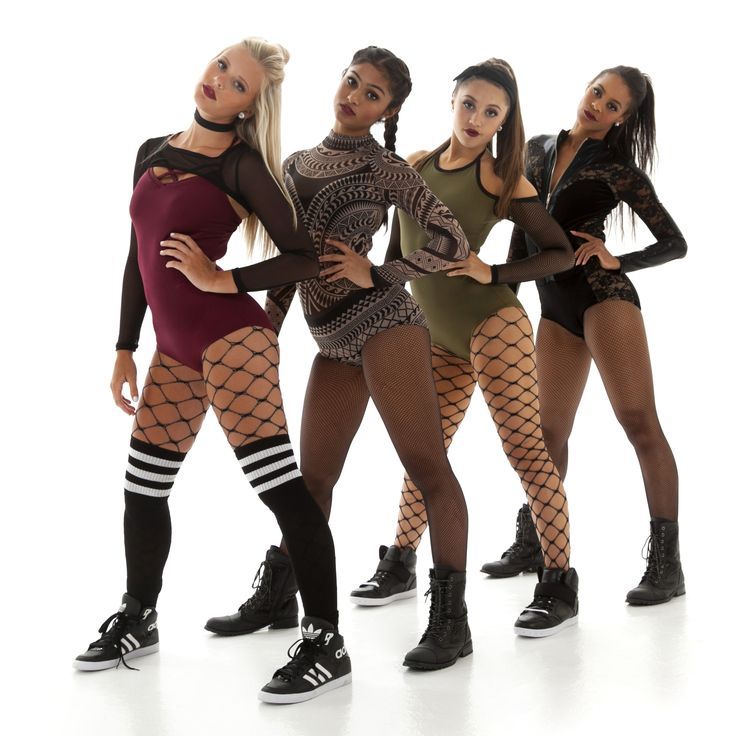 Competent founders of dance schools try to prevent this from happening.
Competent founders of dance schools try to prevent this from happening.
A strong team is made up of two unshakable pillars – a decent salary and an atmosphere in the team.
The work of a trainer should be paid adequately by the standards of the market - these people give a lot of physical and moral strength to make the client happy. They also need funds for their own development. If you want to get a classy professional - appreciate his work at its true worth.
A friendly team, a good leader is another reason to be happy to return to work. If a person feels support and respect, then he will not want to leave you. A competent leader should not be indifferent to his subordinates. Give the coach confidence that he will not be fired or deprived of income if he is forced to take an unscheduled day off or sick leave.
“As a dancer, I understand that teachers get much less than they deserve. Of course, in the future I would like to pay more to my coaches, to improve their standard of living.
I understand that you need to invest a lot to become a good dancer. The second is the atmosphere in the studio. The way we communicate, our cozy beautiful halls, a clear schedule. Creative people need it”
Anastasia, OK dance studio
Sometimes the coach will have refuse you. It is quite a normal desire to gather effective personnel in your team. Usually, so that the group does not have to be dissolved after the start of classes, the coach is allowed to work gradually. First they give one class, then several personal trainings. If a person shows a great result, employment is increased. On average, such a trial period takes plus / minus a month.
And what a good coach should be, we have already told above.
Effective coach.
Imagine you have assembled your ideal team. Before you are professionals with burning eyes, ready to share their skills with others. How to organize work so as not to overload your employees?
The most effective, according to experts, trainer works 3-4 hours a day . More than 6 hours of physical activity is hard to endure even for a professional. In addition, the teacher can combine teaching at your school with other activities, such as studying. Let a person work less, but show a cool result, than spend a lot of useless classes and discourage clients.
More than 6 hours of physical activity is hard to endure even for a professional. In addition, the teacher can combine teaching at your school with other activities, such as studying. Let a person work less, but show a cool result, than spend a lot of useless classes and discourage clients.
The number of people in the group for the coach most often does not play a big role . The main thing is the size of the hall where the lesson takes place. The smaller the area, the smaller the group. Both the students and the coach should be comfortable in the classroom. No one wants to push and dodge their neighbor's limbs during a workout.
Gender and age do not play a significant role for employers. As we have already said, the main thing in an effective trainer is skills and the ability to explain. Dances are taught by both men and women of all ages. The main thing is the return and the result at work.
“Sex and age don't matter.
No nationality, no religious affiliation. We have dancers from other countries, and they do a great job and are popular”
Valeria, Dance Space “Atmosfera”
Now it becomes clear that finding a good specialist for your business is not so difficult. If you follow our "How to Find the Perfect Coach" formula, you'll have a strong team in no time.
Remember that the efficiency of a dancer is greatly influenced by how the work is organized in the studio itself. Don't overburden your trainers, create a clear schedule, keep a competitive salary and a pleasant atmosphere in the team. Then people will start coming to your company.
Now it becomes clear that finding a good specialist for your business is not so difficult. If you follow our "How to Find the Perfect Coach" formula, you'll have a strong team in no time. And the AppEvent CRM system will help you maintain a good technical organization.
Convenient and easy to use externally and multifunctional inside, it will definitely become the very missing component of a successful studio.
Pleasant atmosphere in the team + Good organization of work = Success of the studio
I want to dance. 10 misconceptions about dancing
The desire to learn how to dance is natural and natural in the modern world. You can list the reasons, starting with obvious and popular pragmatic desires, for example, to start moving or losing weight, ending with unconscious and even existential ones.
This is due to the fact that dancing is at the subtle intersection of the inner and outer worlds, physical and spiritual. Above this, music becomes a driver that cannot leave anyone indifferent.
In dancing there is magic inside a person, which is not always noticeable when observed from the side. At the initial stage, it is the external picture that attracts to dances, and sometimes repels, as it seems too frivolous and superficial.
But there are even stronger obstacles that stop many people from starting dancing. These illusions and delusions roam the minds of the majority, and are often afraid to ask about them directly, or they ask the question about it so often that they are no longer ready to hear an honest direct answer. I will try to do it in this article.
I will try to do it in this article.
There are many examples of contemporary dance instructors sharing their thoughts about not expecting to be in the dance industry. Once upon a time there was a man and was engaged in adult, serious business. Sometimes even very serious. A person could have children and even grandchildren. I saw dances only on stage or on TV. For reasons unknown to himself, he ended up in dances. At first, everything seemed like entertainment and a useful pastime. But time has passed, and a person catches himself thinking that he thinks about dancing not just every day, but really all the time. A couple of years pass, and he already becomes a teacher or organizer of some event.
A similar path can start at 15 or 55 years old. The only difference will be in the self-perception of the starting stage, that it’s too late to dance. In fact, for each age there is its own dance direction, which can reveal it to the greatest extent at this stage. Hip-hop or breaking is closer to children and teenagers, and Argentine tango is closer to adults. It's never too late to start dancing. You need to make the right choice of dance style based on several parameters: age, gender, music, goal. There is a dance direction for any arrangement.
Hip-hop or breaking is closer to children and teenagers, and Argentine tango is closer to adults. It's never too late to start dancing. You need to make the right choice of dance style based on several parameters: age, gender, music, goal. There is a dance direction for any arrangement.
Misconception 2: Men don't dance
Our culture has a number of restrictions related to dancing. Most of these causes are psychological and lie outside the realm of rational reasoning.
First, in our culture, in principle, dancing for pleasure or self-expression appeared relatively recently. 20-30 years ago dance clubs were only for children. To start dancing even in adolescence was considered exotic.
Secondly, the aesthetics of the body in our country for men is not in the focus of attention. In general, this can be attributed to the fact that Russian men try hard not to draw attention to their appearance and clothing. Men in our country use other tools for this.
Third, dancing is associated with entertainment and alcohol. If a man feels serious and respectable, then he either does not have time or desire for this.
Nowadays the general cultural background has changed and the result is that men are learning to dance. It becomes as much a sign of masculinity as clothing, hair or beard.
Unfortunately, many misconceptions remain even among those who have already started dancing. Dance teachers do not always pay attention to this, as it seems to them that this is a matter of course.
Fallacy 3: special training is needed
For the outside observer, there is always a cognitive dissonance about what dance is. What he sees on the big stage in the form of a show with sweeping movements and splits is obviously dancing. Breakers doing unimaginable elements in the air and on their hands, competing with each other, also seem to be dancing. Pensioners in the park waltz. Dancing again, but for some reason everyone is so different. How to understand that this is a dance, and what physical criteria should be in the body.
How to understand that this is a dance, and what physical criteria should be in the body.
In fact, any self-expression through the body to music can be attributed to dance. There are a number of reservations, but they are not essential. For self-expression, a person uses the set of plastics that he has. Subtlety and technique do not depend on extreme ways of self-expression, and it often happens that splits and somersaults interfere with a meaningful dance. The development of plasticity and the expansion of the body's capabilities are part of the preparation of the dancer, but not an end in itself.
Misconception 4: You must learn to dance in pairs
In couple dancing, the final learning outcome is that the couple dances at a party. It would seem that you should always train together to get the desired result. This is not true. Let's take an example from boxing. An indicator of a boxer's skill is a fight with an opponent, but this does not mean that he constantly has to fight.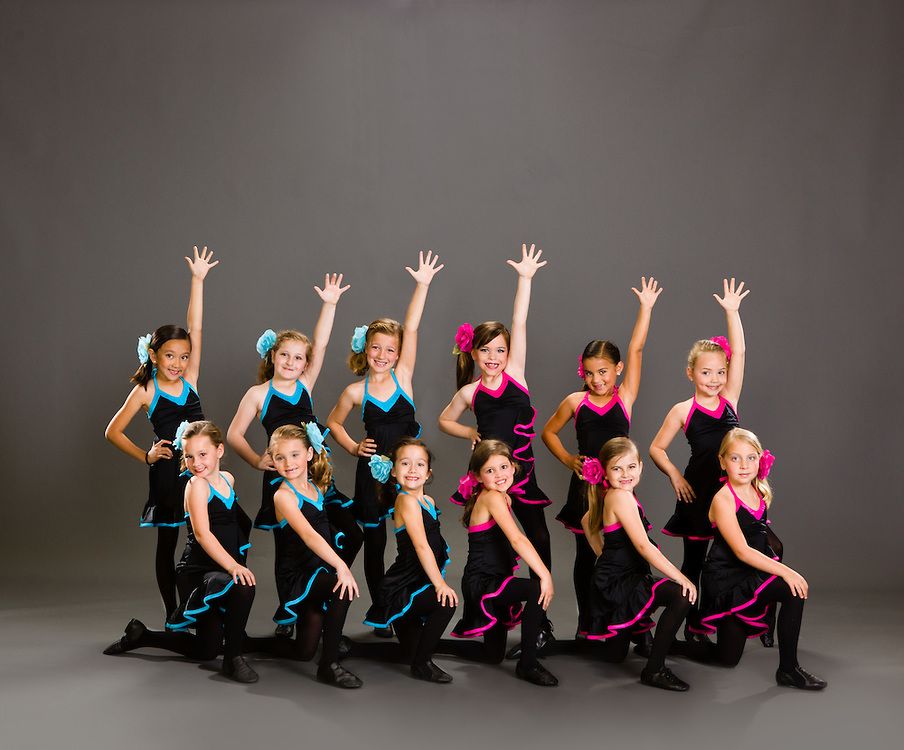 Also, the ability to dance is built on the possession of one's own body and the ability to interact.
Also, the ability to dance is built on the possession of one's own body and the ability to interact.
The skill of the teacher is the correct selection of methods so that the student masters the skill. Based on the skill, you can engage in creativity and self-expression in dance. Not everyone knows, but it is no coincidence that almost all social dance dancers have a serious dance background, which is based on the development of individual techniques.
The same can be attributed to the interaction in a pair. The ability to separate in oneself the one who leads and the one who follows the lead is impossible within the framework of studying the sequence of movements in pairs. For this, there are special exercises that make the skill more versatile. For this, the presence of a permanent couple is not necessary, as well as the regular presence of a partner in general.
IMPORTANT! You can’t experiment at a party, and everything should be in its place there: men dance with women.
Getting rid of illusions is a complex internal process. If you leave them to yourself, you can even get the opposite result.
Misconception 5: plastique and stretching are mandatory attributes of dance
Much depends on the genre of dance that you want to master. In previous articles, I have already mentioned that different dance styles are suitable for different ages. It is appropriate to dance hip-hop in adolescence or youth, Argentine tango is a more adult dance, it is important to enter classical choreography at a young age.
The degree of necessary plasticity and sensitivity to the dance direction also correlates. For example, breaking requires great physical effort and dexterity. Elements are built on acrobatics and high speed of execution. Who are they more suitable for? Obviously young people.
There is a lot of interaction in salsa. It is necessary to feel the partner subtly, to be able to show a variety of figures and elements. Twine or acrobatics are completely inappropriate here. However, a variety of ways to show oneself are required. Accordingly, the dance is youthful, but not at all childish.
Twine or acrobatics are completely inappropriate here. However, a variety of ways to show oneself are required. Accordingly, the dance is youthful, but not at all childish.
The older the dance, the less stretching or acrobatics is required. The main emphasis is on the quality of technology, the variety of ideas and the ability to show plasticity.
Misconception 6: Mirrors are necessary for learning
There is a set of tools that dancers use to learn how to dance. The fact is that the dancer needs to receive feedback on how his movements look from the side. It is impossible to dance and see yourself from the side at the same time. The most common tool is a mirror. But not the only one.
Like any auxiliary tool, mirrors have positive and negative effects. The positive is that they can receive feedback in real time and technically it is not very difficult. The downside can be dependence on mirrors. A situation where a dancer cannot capture the feeling of dancing, such as on stage or at a party.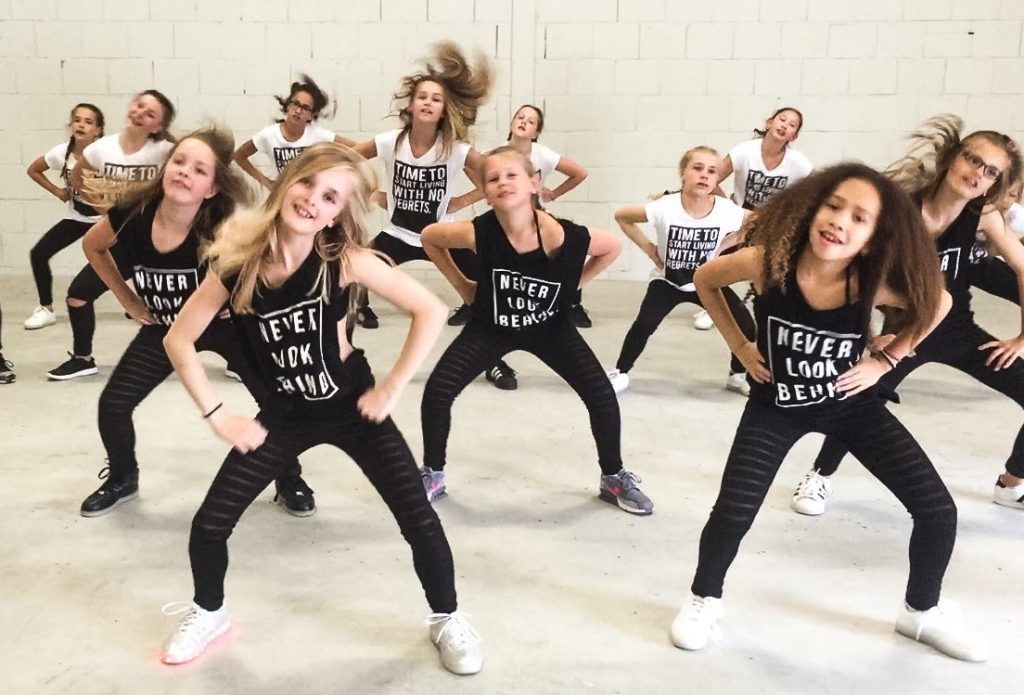 For these purposes, you can use, among other things, video filming or proper preparation.
For these purposes, you can use, among other things, video filming or proper preparation.
In many countries in Latin America, dance classrooms are not equipped with mirrors. Classes are held in bars or large halls. The dancers initially form the skill of focusing on the inner sensation, and not the habit of looking for their reflection in the mirror with their eyes.
Misconception 7: there is a lot of obsceneness in dancing
A common question from novice dancers who are taking their first steps in more contact couple dances is “in order to dance cool, there must be passion inside the couple?”. I immediately answer that no, not necessarily. Kizomba, bachata and Argentine tango attract many with their close contact. Like any other contact in our everyday life, in dances, contact can be different. We hug friends, parents, children. These hugs can wear many different shades. Sexual overtones are one of many.
The culture of dance also includes the boundaries of what is acceptable. A compliment from a well-mannered person is different from a statement about female sexuality by a gopnik. Usually, those who study at a dance school already have an idea of what boundaries should not be crossed. A good dance from a technical point of view will never look vulgar or vulgar.
A compliment from a well-mannered person is different from a statement about female sexuality by a gopnik. Usually, those who study at a dance school already have an idea of what boundaries should not be crossed. A good dance from a technical point of view will never look vulgar or vulgar.
Dancers always have a choice about the boundaries of contact. Most prefer to leave a good impression of themselves, as word spreads just as fast in the dance world.
Misconception 8: the best dancers are the bearers of culture
Even the very question of the origin of this or that dance can be paradoxical and ambiguous, especially when it comes to its development and performance.
For example, the Viennese waltz did not originate in Vienna, but in Germany. Salsa has its main roots in the USA, not in Cuba. The famous Greek folk dance sirtaki was invented for the film "Zorba the Greek" and appeared only in 1964.
The same can be attributed to the development of modern dance styles.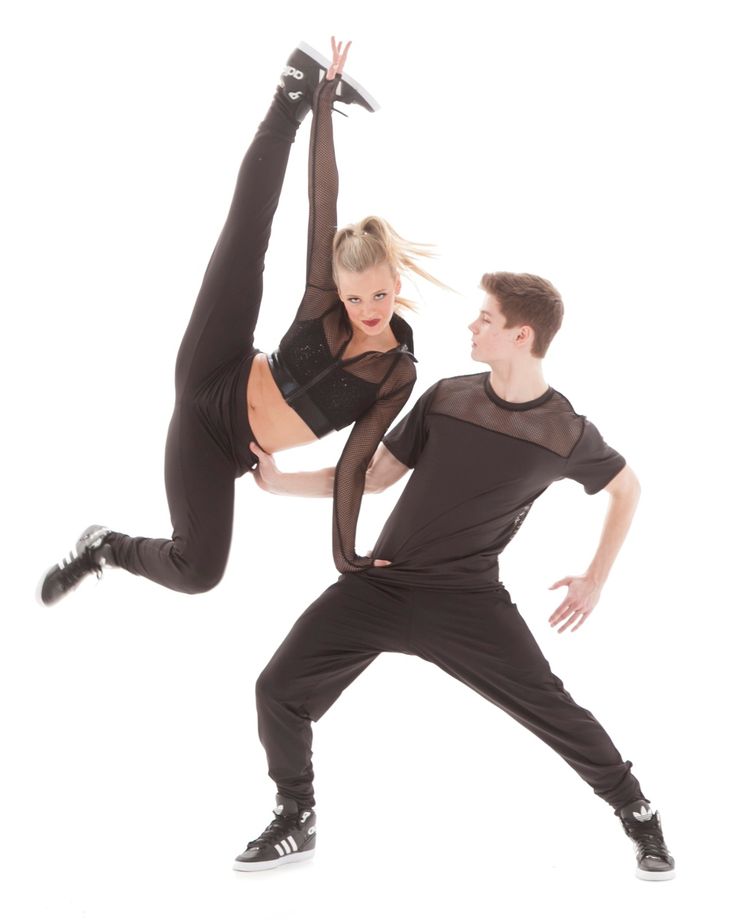 Korea is known for its world-leading break dancers. People go to Turkey for Argentine tango, Spain is strong with excellent salsa and bachata dancers, in Egypt, Russians are considered the best belly-dance performers.
Korea is known for its world-leading break dancers. People go to Turkey for Argentine tango, Spain is strong with excellent salsa and bachata dancers, in Egypt, Russians are considered the best belly-dance performers.
A good dance is based on quality training and diligence. Skin color, place of birth and age are secondary. Exotic appearance, unfortunately, is often a reason to be more superficial about one's own professional development. This becomes the reason for the low level of teaching among the bearers of culture. I am sure that few readers of this post will be ready to conduct a master class in Russian folk dance outside of Russia.
The mastery of mastering and teaching a particular style does not depend on the dancer's homeland. And "they absorbed the dance with their mother's milk" is nothing more than a common misconception.
Misconception 9: You have to know a lot of moves to learn to dance
Focusing on learning a lot of moves often detracts from the essence of dance. Of course, the sequence of figures is important. Especially at the start. Over time, the dancer should have an understanding of how movements can be generated independently. Accordingly, instead of memorizing millions of figures, you can understand how to create them.
Of course, the sequence of figures is important. Especially at the start. Over time, the dancer should have an understanding of how movements can be generated independently. Accordingly, instead of memorizing millions of figures, you can understand how to create them.
From every system of improvisation that a dancer can use as an instrument, dozens, hundreds or thousands of variations are derived. This frees the head from trying to reproduce the exact sequence and definitely adds freedom in the performance of the dance.
The huge theme of musicality can be attributed to the same question. Not every pre-conceived or learned sequence will fit specific music. The dance should give freedom, and not drive the dancer into the shell of the ropes.
Misconception 10: dancing is homosexual
The unusually high attention to the body and flair from stories about professional ballet led to the spread of this myth, among other things. Unfortunately, such an idea still exists in the minds of our fellow citizens.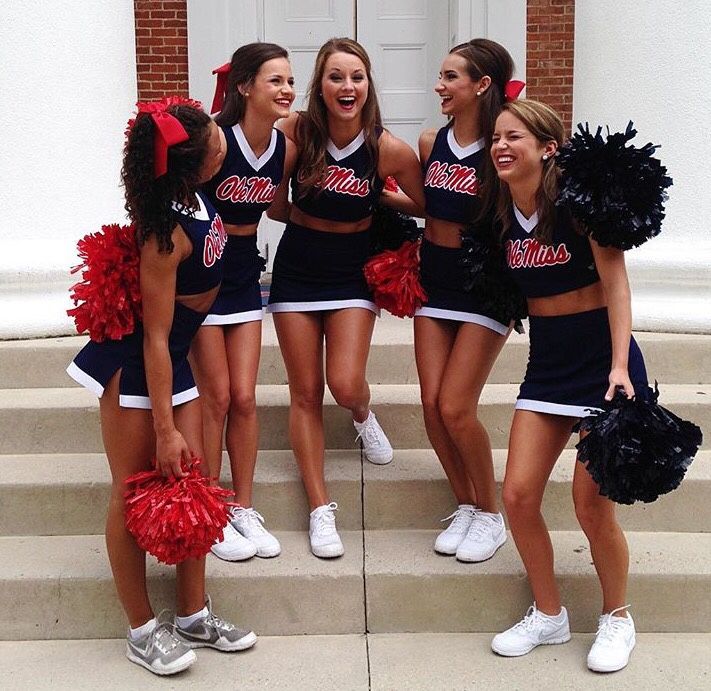
The dance industry is now very broad and is represented by many dance styles. Some of them can even be called homophobic. Dances reflect the general attitude to the world and it is different depending on the life position and worldview of a person.
In many dances there is contact between the dancers. In Russia, dance contact between men has always been perceived very intensely. In most other countries it is different. An example of the fact that this tension is associated only with the dance theme and does not apply to other areas is, for example, wrestling. When practicing techniques, men are in much closer contact with each other. Sometimes lying on the floor and holding each other tightly. The historical roots of Greco-Roman wrestling are also ambiguous from a sexual point of view. But in our country, unlike dance, they are perceived as acceptable and brutal.
Dance, like the culture of speech, makes a modern person more successful and self-confident.